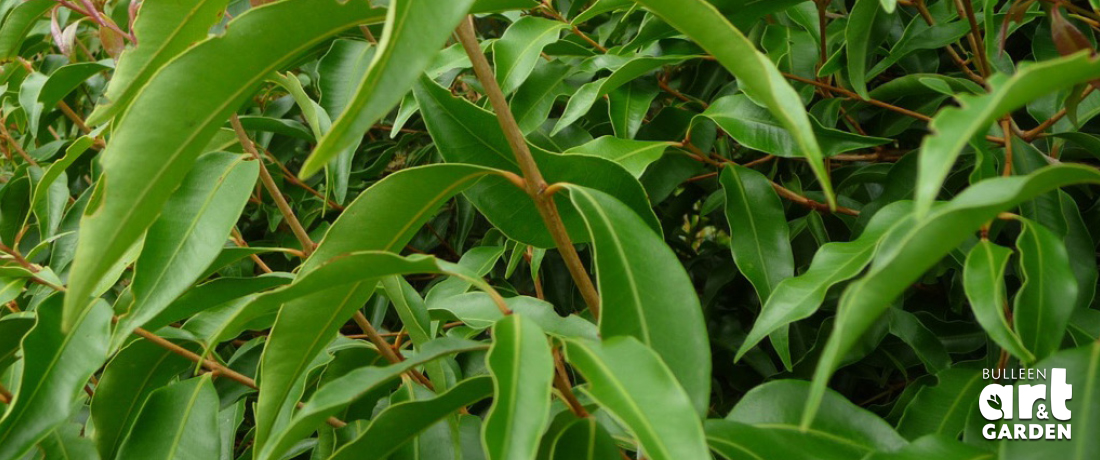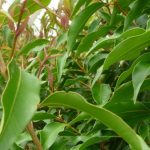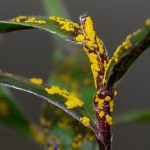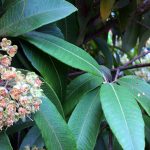
 Important note about plant availability. Important note about plant availability.There are hundreds of factsheets on our website provided for your information. Not all plants will be available at all times throughout the year. To confirm availability please call (03) 8850 3030 and ask for the nursery. |
Backhousia anisata syn. Syzygium anisatum
Aniseed Myrtle is a rare subtropical rainforest tree from northeastern NSW. In its natural habitat it grows to 45m, but in cultivation probably only to 10m, and can be clipped to 2-3m if necessary. It makes an excellent tub specimen that looks great if tip pruned regularly. It has white, scented flowers in spring.
Cultivation
Aniseed Myrtle will tolerate full sun to part shade, but as with Lemon Myrtle, is probably best with afternoon shade to withstand the dryer Melbourne summers. Ensure a consistent water supply and ensure good drainage. Cultivate the soil with some organic compost before planting, and fertilise twice a year with a slow release fertiliser. Make sure to add mulch around the plant, particularly over the summer months.
Preparing for use in the kitchen
For use in tea, the leaves can be used fresh. Most recipes call for dried, ground leaves. Pick the leaves and wash to remove any dirt. Then, if you have time, you can leave them in a warm, dry place to dry, or you can speed up the process up by using a food dehydrator or the oven on a low temperature setting. Once dry, you can use something like a coffee grinder to make the leaves into a fine powder.
Uses in the kitchen
Aniseed myrtle has both aniseed and liquorice flavours. It can be used to flavour biscuits, pasta, bread and cakes. Can be used instead of star anise. Aniseed myrtle also has antimicrobial properties.



